Commercial concrete is used in a wide variety of buildings, from large parking decks to towering skyscrapers. It offers many benefits that other construction materials don’t, including durability and low maintenance costs.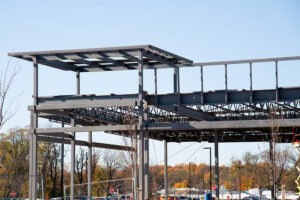
It is also energy-efficient and can help reduce heating and cooling costs by insulating the building. Additionally, it is durable and resists fire, making it an excellent choice for commercial construction projects. Checkout Stonecrete Artisans for more information.
Concrete is one of the strongest building materials available. It can resist a wide range of natural forces and conditions, such as erosion, tensile stress, and compression. It can also withstand the impact of heavy vehicles and machinery. This makes it an ideal material for commercial buildings, where durability is crucial.
Concrete can also be customized to meet the needs of a specific project. This includes adding fibres to make it stronger, or plasticisers to help it flow more easily. It can also be reinforced with steel to add extra strength. In addition, it can be coloured and stained to add a decorative touch to a building.
Commercial concrete is also much more durable than residential concrete. This is because it is designed to withstand heavier loads and more pressure. For example, it is often used to build foundations and beams for industrial buildings, as well as roads and pavements. It can also be customised to include chemicals to make it resistant to acidic and hazardous substances.
This durability also makes it a good choice for use in buildings that need to be highly durable, such as warehouses and distribution centers. These places see high volumes of traffic, and their floors must be able to withstand the impact of vehicles and equipment. It is also important that the floors can withstand frequent cleaning and washing. Commercial concrete is an excellent choice for these areas, as it can resist abrasion and chemical attack.
In addition, it can be made to be slip-resistant to ensure that people can move safely around the building. It can also be made to be soundproof, which is great for commercial spaces that need to be quiet.
Hard-Cem is an innovative concrete solution that can be added to commercial concrete to improve its abrasion resistance. This can help reduce maintenance costs and carbon emissions, while guaranteeing longer concrete lifespans. This is especially beneficial in industrial and manufacturing sectors, where heavy machinery and chemicals can cause wear and tear.
Strength
Commercial concrete is designed to be stronger and more durable than residential concrete. This strength is especially important in areas that experience a lot of foot traffic. In addition, the strength of commercial concrete can be customized to match a specific project’s requirements. This can save time and money for builders and homeowners alike.
The strength of a concrete mixture is determined by several factors, including compressive strength and flexural strength. Compressive strength is the ability of a concrete to resist compression under load or pressure. This is determined using a test that involves making cylindrical specimens of fresh concrete and subjecting them to varying levels of stress. The higher the stress, the greater the strength of the concrete.
Flexural strength, on the other hand, is the ability of a concrete to bend under strain. This is determined by testing a concrete beam under center and third-point loading. The more points that are applied to the beam, the greater the bending load that must be withstand. The strength of a concrete beam is also affected by its composition and dimensions.
UHPC is a new concrete that has been gaining popularity due to its exceptional durability and strength. It is similar to traditional concrete in its composition, but it has an added ingredient that makes it much stronger: integrated fibers. These fibers range from polyester to basalt and steel, and they increase the tensile strength of the concrete. This type of concrete can withstand extremely high loads and heavy use.
Another advantage of commercial concrete is that it can withstand harsh weather conditions. It is ideal for construction in areas that are prone to bushfires, as it can protect buildings from the elements. This can help to reduce repair and replacement costs in the long term.
Commercial concrete can also be used to build roads and parking lots. Its higher compressive strength and lower water-to-cement ratio make it more suitable for these types of projects. However, it is important to remember that the strength of a concrete can vary significantly depending on its mix design, construction site and curing conditions.
Flexibility
Commercial concrete has many different uses, from building structures to enhancing the interior and exterior of buildings. It can also be used for foundations, sidewalks, and driveways. This concrete is usually more durable than residential concrete, as it needs to withstand heavy loads and traffic. It can last for decades without requiring any maintenance or repairs.
When choosing a commercial concrete contractor for your construction project, it is important to choose one who has extensive experience and a proven track record of success. A reputable contractor will provide written estimates and samples of previous work for you to review before making a decision. They will also have a team of skilled workers and the necessary equipment to complete your project quickly and efficiently.
The primary difference between commercial and residential concrete is that commercial concrete has a higher compressive strength. The compressive strength is the resistance to failure of a material under compression. Commercial concrete also has a lower water-to-cement ratio than residential concrete.
Another important difference between commercial and residential concrete is that commercial projects often require a larger volume of concrete than home building projects. This is due to the greater load-bearing capacity needed for commercial buildings. In addition, commercial projects may require a longer curing time than home building projects.
Flexible concrete can be made from several types of materials, including steel fibers, glass fibers, and silica sand. It can also contain polyvinyl alcohol, which gives it flexibility. Other fillers, such as blast furnace slag, fly ash, and silica fume can also be added to the mix to improve its flexibility. In addition, it can be cured using a special type of admixture that increases its elasticity and strength.
Buildings made with flexible concrete can withstand high vibration caused by dynamic forces such as earthquakes. They can even absorb energy and change shape to avoid damage from these forces. In the future, we might see more and more flexible concrete being used in construction to make cities more resilient against environmental changes. This concrete could be the foundation of our future smart city infrastructure that will adapt to its surroundings.
Fire Resistance
Fire resistance is a key property of concrete that protects people, improves building occupants’ safety during fire events and minimizes damage, allowing structures to return to use quickly. This reduces disruption to buildings’ occupants, neighbouring spaces and the community at large. It also enhances the performance of fire protection measures and reduces maintenance requirements.
Concrete has a good inherent fire resistance due to its non-combustibility, low rate of temperature increase across the material and ability to act as a fire shield. These properties ensure structural integrity and fire compartmentation are maintained and prevent a collapsed structure or the release of smoke and toxic gases during a fire event.
In comparison, other common building materials like wood or cotton burn up quickly, causing structural failure. However, builders have access to specialized flame-treated lumber that can resist burning for several minutes. This type of lumber can be used to construct the exterior of a home, while concrete is usually reserved for the foundation and slabs of a structure.
Commercial concrete is a popular construction material because it offers a range of benefits to projects. This includes its aesthetic versatility and durability. It can be colored or stamped with different patterns before setting, allowing contractors to make it match a project’s aesthetic. It can also be molded into other shapes to create features for a project, such as a drain or pipe.
While concrete is generally resistant to most forms of corrosion, it is susceptible to the effects of high temperatures. It is important to consider this when designing and planning for a concrete structure, as high temperatures can degrade the material and reduce its strength and resilience.
To mitigate this, it is crucial to ensure the concrete is correctly mixed and poured. One that has not been properly poured or with the right water-to-cement ratio is likely to deteriorate at a faster rate, as is a mix that is not fully dry. Using proper aggregates is also crucial. Carbonate or siliceous aggregates, such as limestone, sandstone and granite, perform well in a fire hazard, while ones made of clay, slate or shale are less effective.
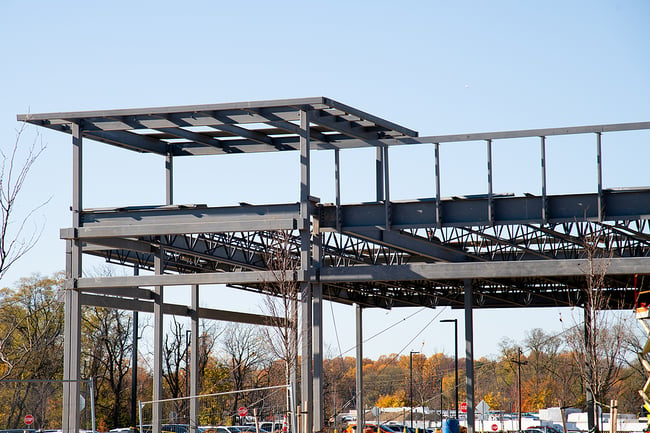
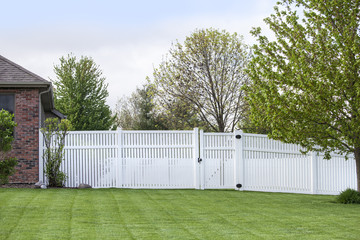
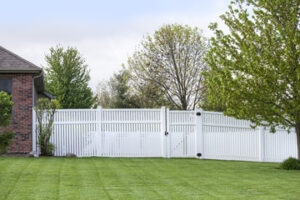
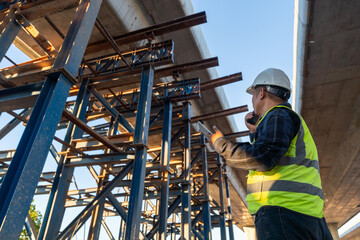
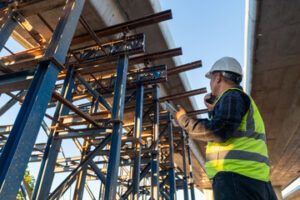
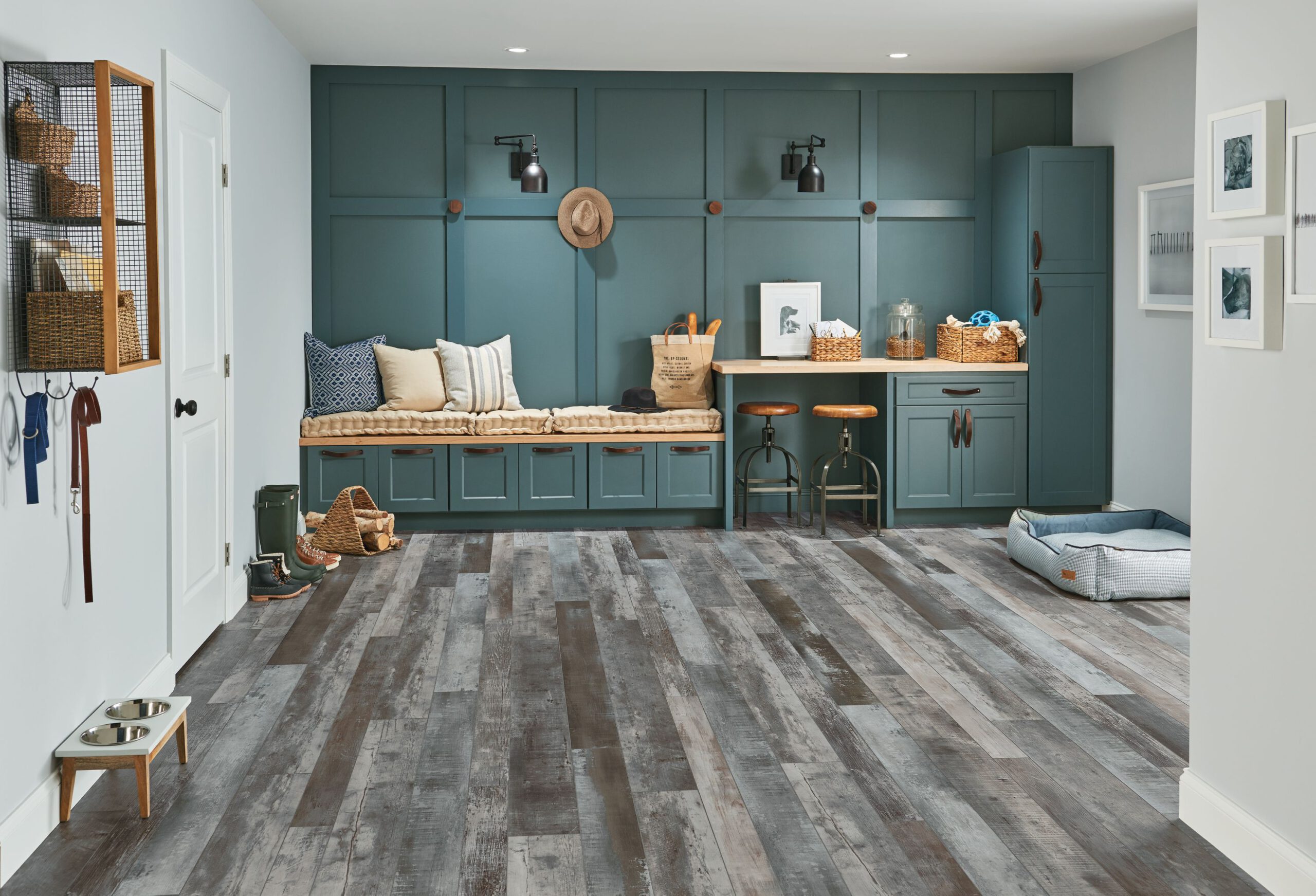
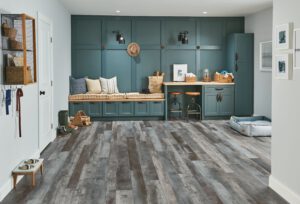

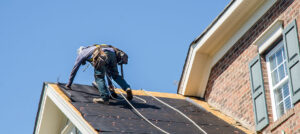
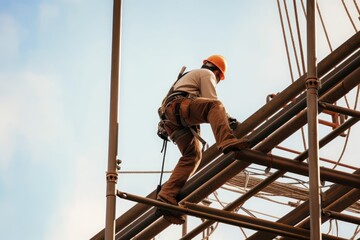
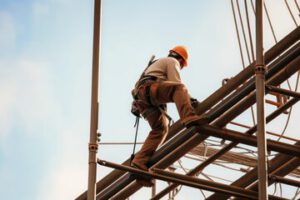
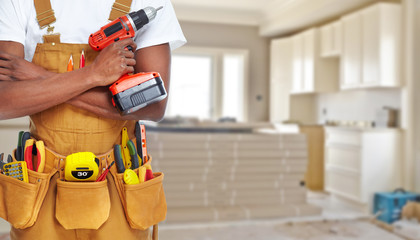
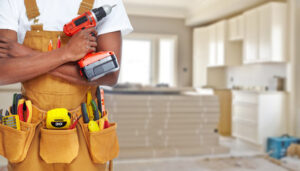
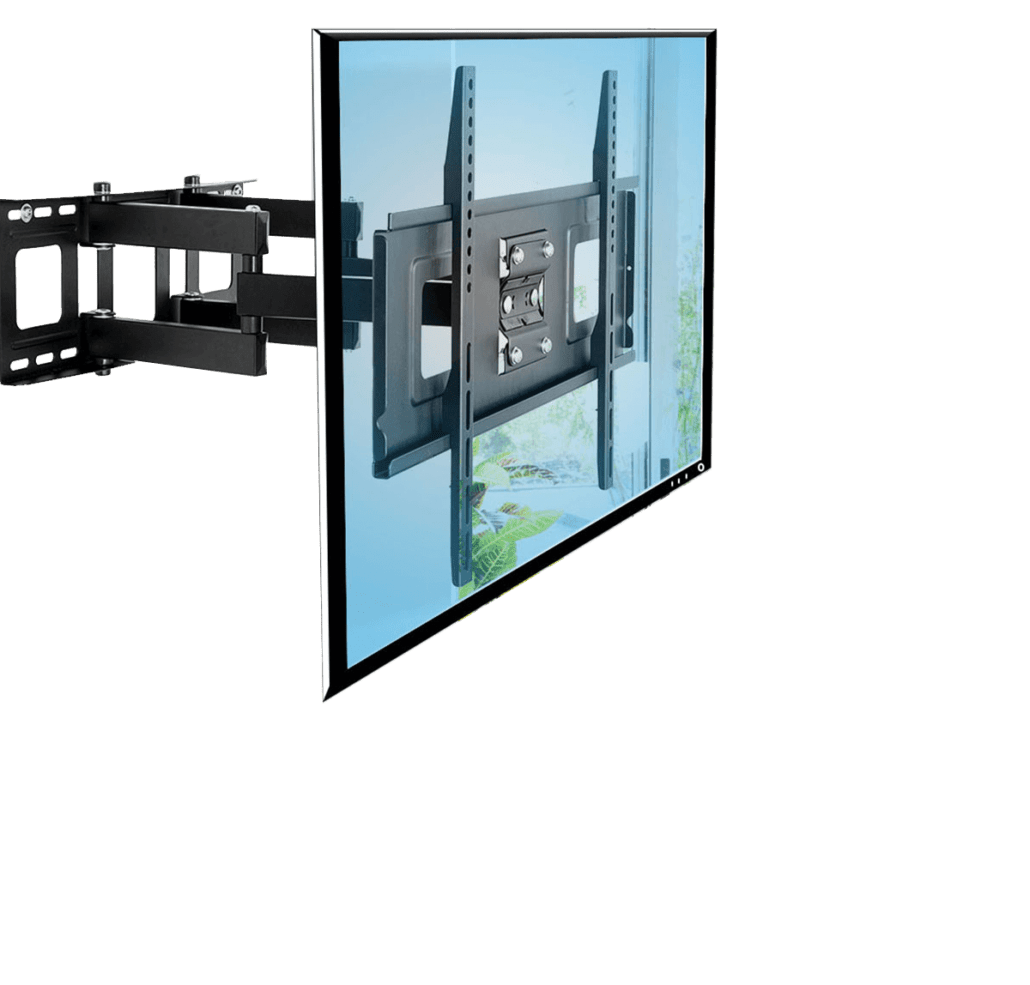
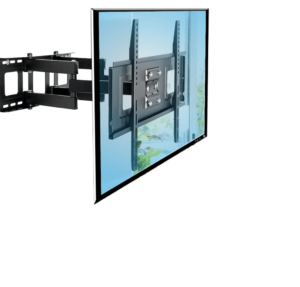
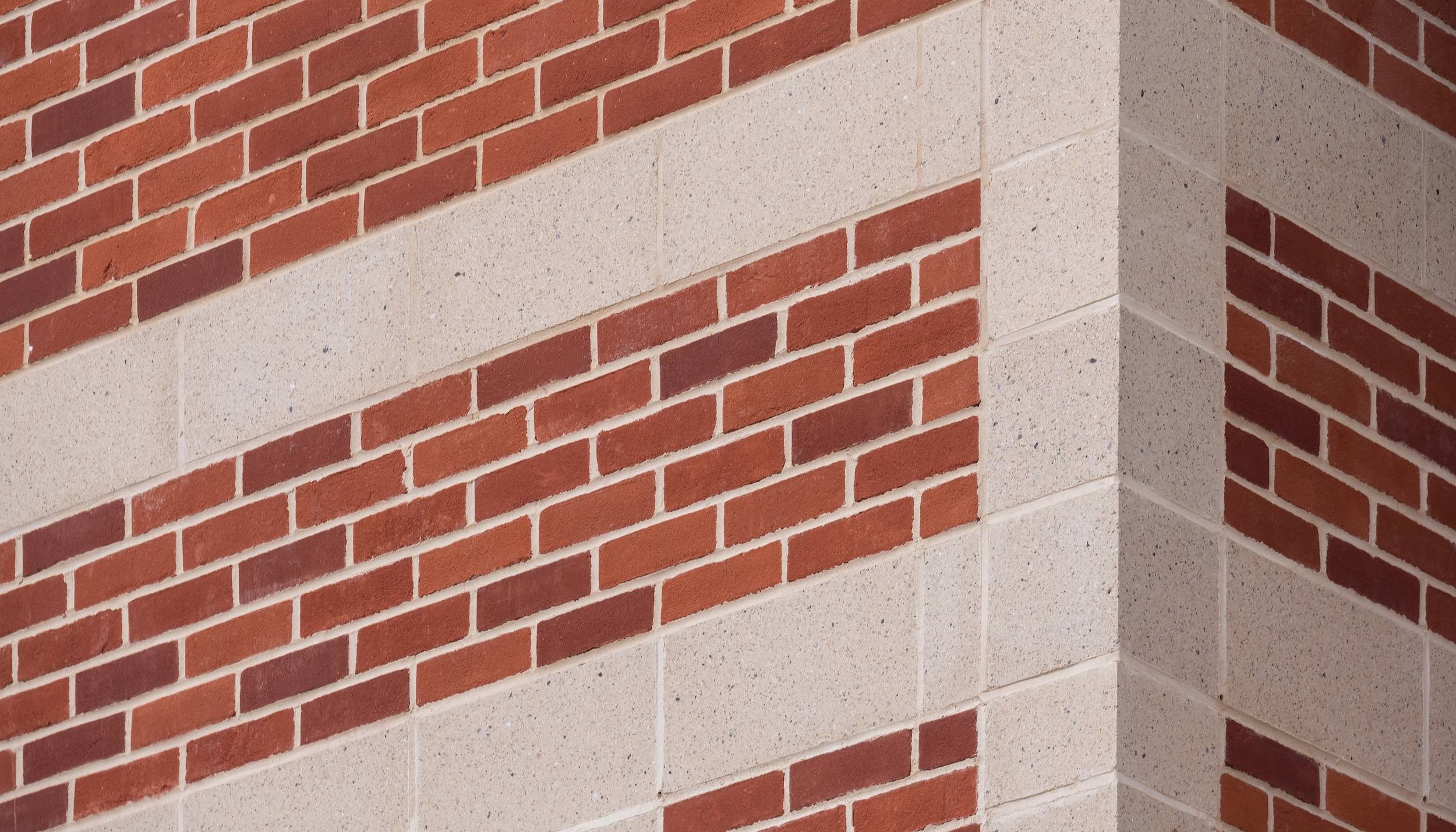
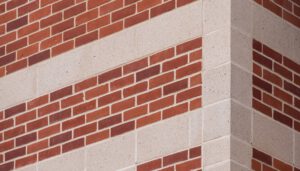
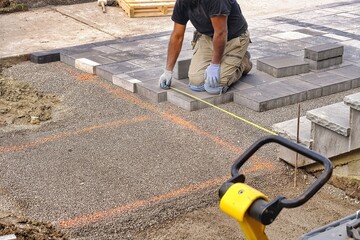
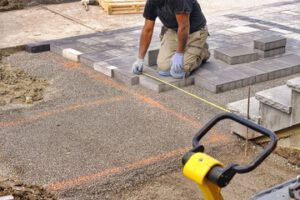 The cost of driveway paving can vary greatly depending on the type of materials used and the project’s size or size. Generally, asphalt and concrete are the most expensive options, while gravel and pavers are cheaper. However, it is important to consider all of the expenses involved with paving of your driveway to ensure you get the most value for your money.
The cost of driveway paving can vary greatly depending on the type of materials used and the project’s size or size. Generally, asphalt and concrete are the most expensive options, while gravel and pavers are cheaper. However, it is important to consider all of the expenses involved with paving of your driveway to ensure you get the most value for your money.